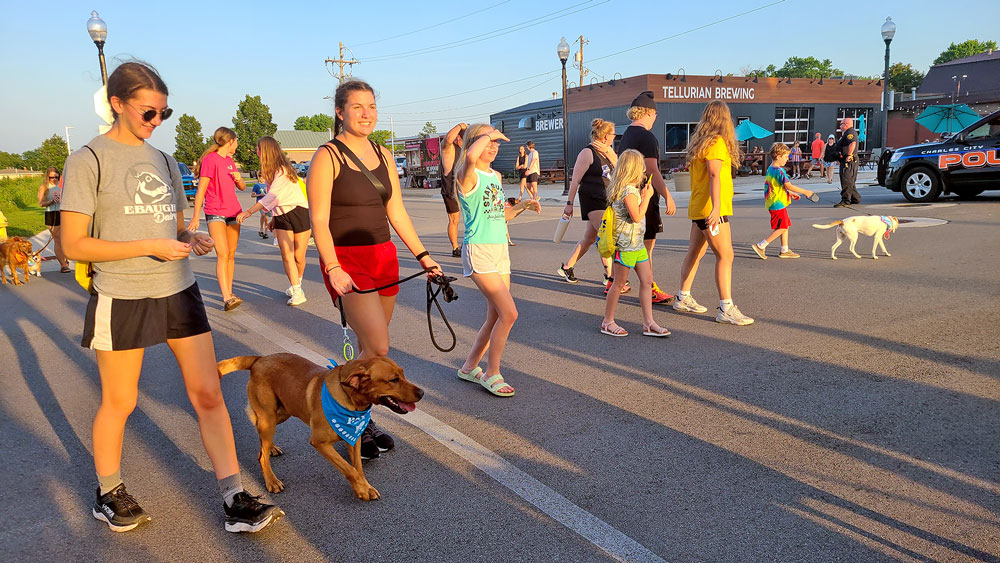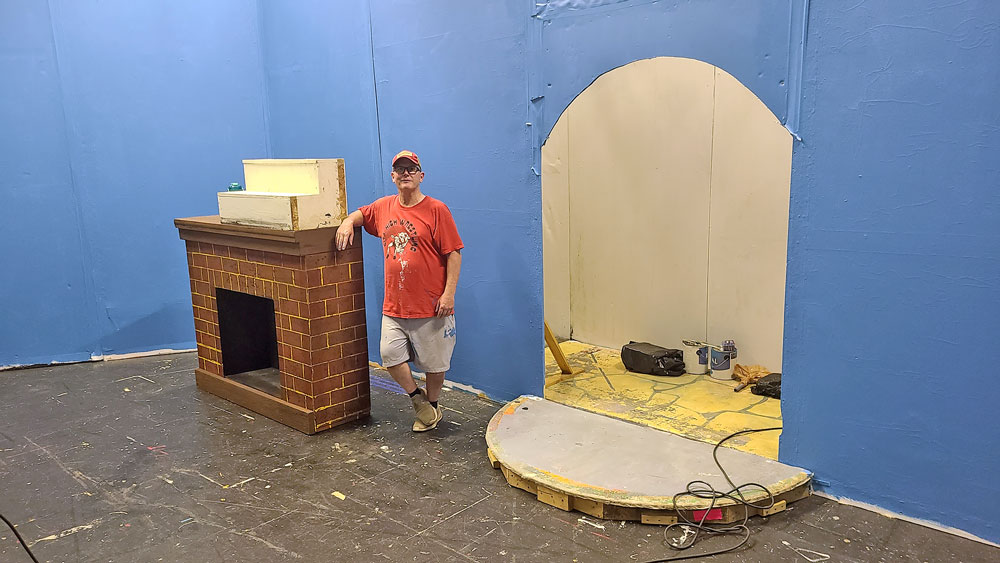FISCHER: The future is on hold
By Travis Fischer, tkfischer@charlescitypress.com
It’s 2025. We’re living in the future.
Every so often I like to stop and marvel at what we can do today with technology and, more interestingly, how little we think about it.

Which got me thinking about video calls.
For almost as long as the telephone has existed, people have been thinking about what would come next. The natural answer, of course, being the ability transmit not just your voice over great distances, but an image of your likeness as well.
It’s an idea that had become almost universally ubiquitous across science fiction as an easy way to express the idea of a futuristic setting.
“Star Trek,” “The Jetsons,” and “Back to the Future Part II” all made the assumption that it would eventually be commonplace for everyday telephone calls to include a video component.
Even Jules Verne (or possibly his son), all the way back in 1889, envisioned a world where people communicated by “phonotelephote.”
And they were all wrong, but not in the way they might have thought.
It’s not that we don’t have the technology. The ability to make video calls not only exists, it’s a standard feature that any modern smartphone is capable of.
I’ve got at least three different apps on my phone that facilitate video calls.
And I can probably count on one hand the number of times per year that I use them.
Generations dreamed of a world where face-to-face calls would become the standard method of long-distance communication, and none of them seemed to consider how much extra hassle they are for so little benefit.
It’s cool. Sure. A neat little novelty. Handy in a narrow range of specific situations. But for day-to-day general communications, video calls aren’t it.
Looking presentable, maintaining fake eye contact with the camera lens, keeping your camera reasonably centered on your face, that’s a lot of work just to set a dentist appointment or ask mom what restaurant we’re going to for the next birthday dinner in the family.
And, of course, there’s another reason that video calls are largely the exception to the standard phone call. I’ve woken up to my phone vibrating enough times to know that it’s a good thing it’s not commonly expected to be video presentable at a moment’s notice for every interaction.
Give me a few seconds and I can sound like I’ve been awake for hours while rubbing the sleep out of my eyes but a video call putting my bed head on display would be much harder to mask.
Even when COVID forced us all to familiarize ourselves with video conferencing it didn’t drag video calls into a regular practice.
The technology exists. It’s readily available at our fingertips. We know how to use it. We could be living in the future our grandparents and their grandparents dreamed of. And we just don’t.
And I’m not sure the next generation is going to be all that eager to do so either. Ironically, from what I understand, this technology is all but wasted on a younger generation that is disinclined to make even a standard voice only telephone call, much less one where they have to simulate eye-contact.
I must be “old-school” because when I want to talk to somebody, I want to actually talk to them and consider text messages as a last resort.
There are lots of great things about living in the future and science fiction did get a lot of them right.
But I do find it funny that when humanity achieved one of the most common markers of technological advancement, the practical response has mostly been a collective shrug.
– Travis Fischer is a news writer for the Charles City Press and is willing to bet the logistics of flying cars will make them considerably less fun than sci-fi would have us believe, too.








Social Share